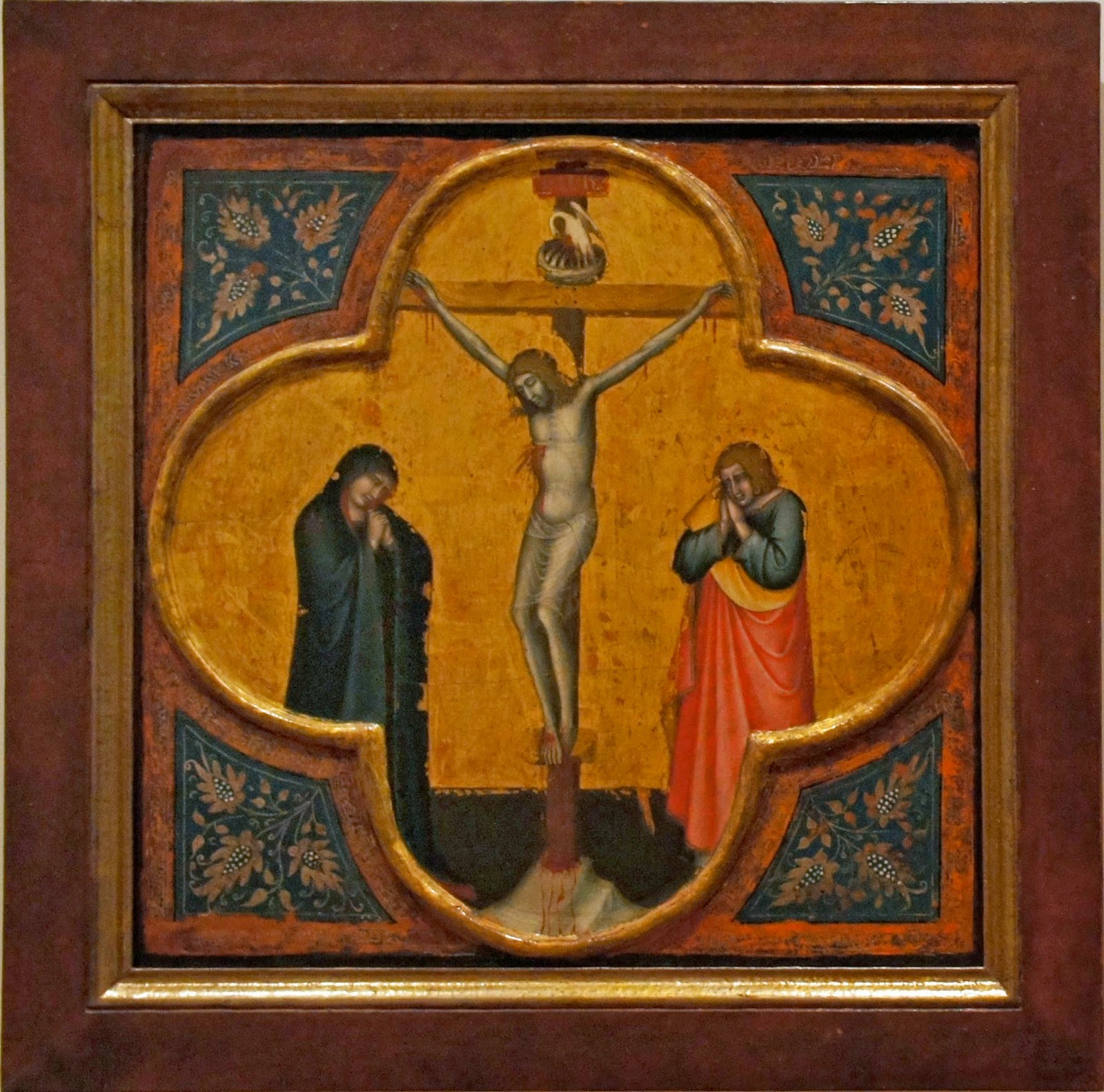 |
| Évreux Cathedral - Courtesy of Wikipedia |
O Come, Now Rod of Jesse's Stem is an adaptation* of the 18th century Latin hymn
Veni, Veni Emmanuel, which is based upon the Advent
O Antiphons for Vespers (12th century).
O Come, Now Rod of Jesse's Stem is set to the tune:
Veni Emmanuel, an adaption by
Rev. Thomas Helmore (1811-1890) of a 15th century French Franciscan processional which some scholars attribute to an earlier 8th Century Gregorian Chant. In the Divine Office (1974),
O Come, Now Rod of Jesse's Stem is sung during Advent for December 17th up until Christmas. Related:
O Come, O Come, Emmanuel.
Tune: Veni Emmanuel
O COME, THOU ROD OF JESSE'S STEM - (Public Domain)
1. O come, Thou Rod of Jesse's stem,
From every foe deliver them
That trust your mighty power to save,
And give them vict'ry o'er the grave.
Refrain: Rejoice! Rejoice! Emmanuel,
Shall come to you, O Israel!
2. O come, now Key of David, come,
And open wide our heav'nly home,
Make safe the way that leads on high,
And close the path to misery.
3. O come, now Day-spring from on high,
And cheer us by your drawing nigh;
Disperse the gloomy clouds of night
And death's dark shadow put to flight.
4. O come, Desire of the nations, bind
In one the hearts of all mankind;
Bid now our sad divisions cease,
And be yourself our King of Peace.
* The Divine Office (1974) has attributed the
translation of
Veni, Veni Emmanuel to
Thomas Helmore. This seems unlikely since he is not known to have been a translator of Latin hymns.
Latin Verses: 1, 6, 5, 3 (see below) - preformed by
Haley Westernra
VENI, VENI, EMMANUEL - (Public Domain)
1. Veni, Veni, Emmanuel
captivum solve Israel,
qui gemit in exsilio,
privatus Dei Filio.
Refrain: Gaude! Gaude! Emmanuel,
Nascetur pro te Israel!
2. Veni, O Sapientia,
quae hic disponis omnia,
veni, viam prudentiae
ut doceas et gloriae.
3. Veni, veni, Adonai,
qui populo in Sinai
legem dedisti vertice
in maiestate gloriae.
4. Veni, O Iesse virgula,
ex hostis tuos ungula,
de spectu tuos tartari
educ et antro barathri.
5. Veni, Clavis Davidica,
regna reclude caelica,
fac iter tutum superum,
et claude vias inferum.
6. Veni, veni O Oriens,
solare nos adveniens,
noctis depelle nebulas,
dirasque mortis tenebras.
7. Veni, veni, Rex Gentium,
veni, Redemptor omnium,
ut salvas tuos famulos
peccati sibi conscios.






















